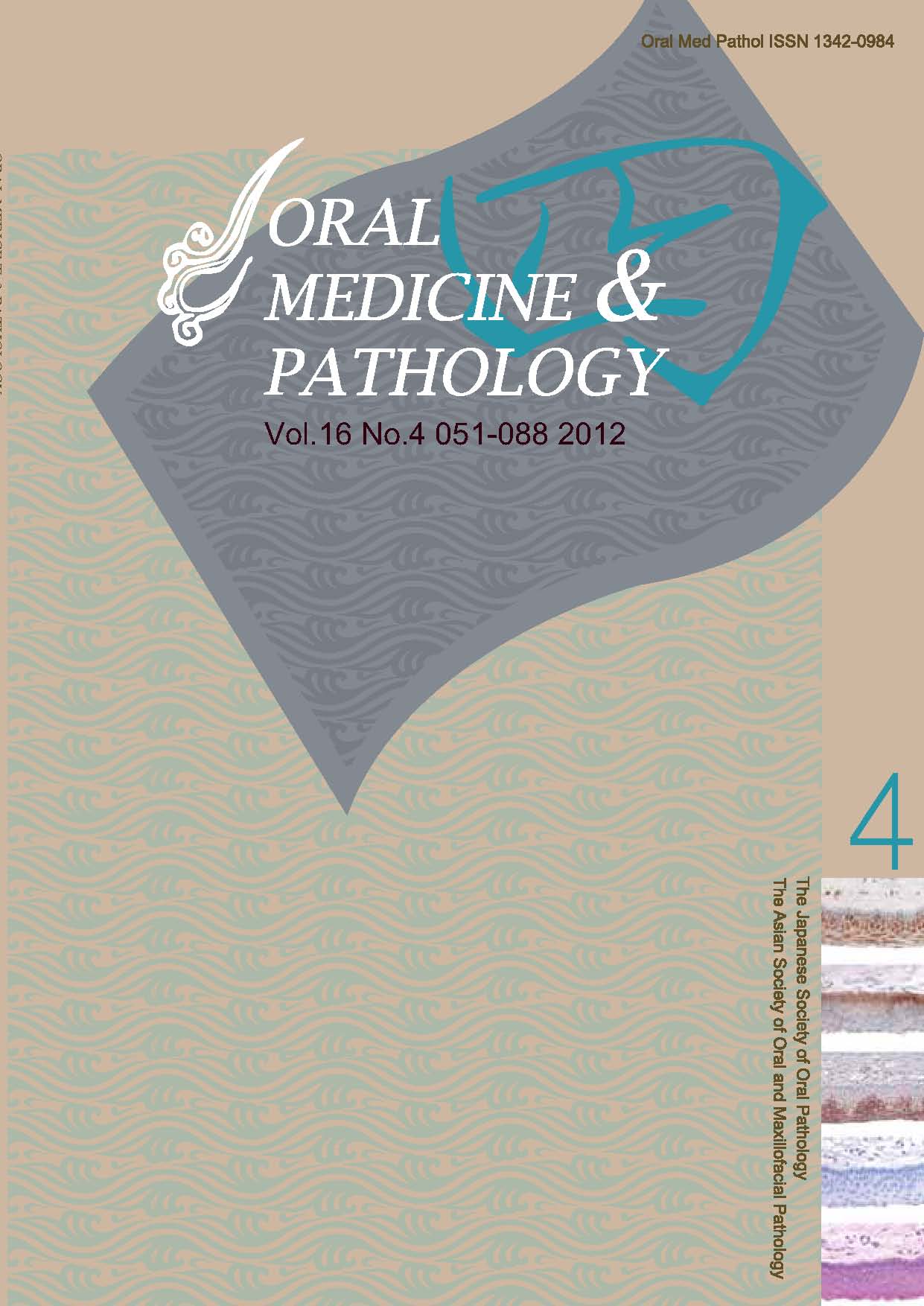5 巻, 2 号
選択された号の論文の11件中1~11を表示しています
- |<
- <
- 1
- >
- >|
Original
-
原稿種別: Original Article
2000 年5 巻2 号 p. 71-76
発行日: 2000/12/20
公開日: 2008/04/01
PDF形式でダウンロード (56K) -
原稿種別: Original Article
2000 年5 巻2 号 p. 77-81
発行日: 2000/12/20
公開日: 2008/04/01
PDF形式でダウンロード (118K) -
原稿種別: Original Article
2000 年5 巻2 号 p. 83-86
発行日: 2000/12/20
公開日: 2008/04/01
PDF形式でダウンロード (119K) -
原稿種別: Original Article
2000 年5 巻2 号 p. 87-94
発行日: 2000/12/20
公開日: 2008/04/01
PDF形式でダウンロード (172K) -
原稿種別: Original Article
2000 年5 巻2 号 p. 95-97
発行日: 2000/12/20
公開日: 2008/04/01
PDF形式でダウンロード (66K)
Case Report
-
原稿種別: Case Report
2000 年5 巻2 号 p. 99-103
発行日: 2000/12/20
公開日: 2008/04/01
PDF形式でダウンロード (99K) -
原稿種別: Case Report
2000 年5 巻2 号 p. 105-108
発行日: 2000/12/20
公開日: 2008/04/01
PDF形式でダウンロード (84K) -
原稿種別: Case Report
2000 年5 巻2 号 p. 109-112
発行日: 2000/12/20
公開日: 2008/04/01
PDF形式でダウンロード (86K) -
原稿種別: Case Report
2000 年5 巻2 号 p. 113-115
発行日: 2000/12/20
公開日: 2008/04/01
PDF形式でダウンロード (57K)
Proceeding of Meeting
-
原稿種別: Proceeding of Meeting
2000 年5 巻2 号 p. 117-124
発行日: 2000/12/20
公開日: 2008/04/01
PDF形式でダウンロード (59K) -
原稿種別: Proceeding of Meeting
2000 年5 巻2 号 p. 125
発行日: 2000/12/20
公開日: 2008/04/01
PDF形式でダウンロード (29K)
- |<
- <
- 1
- >
- >|
